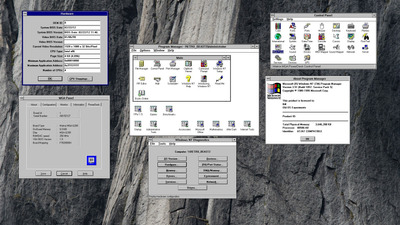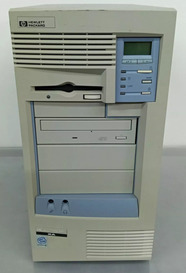First post, by BrAlZy
- Rank
- Newbie
Hey guys, long time since I’ve been here! It’s been several years since I’ve been on the forum but my interest for the hobby of retro computing never died.
Anyways I’ve been tossing around the idea of building the ultimate Windows NT 3.51 computer. Why you might ask? Because of the simple answer of being different. I absolutely love retro DOS, 95, 98, XP, etc. builds, but I wanna try something different. I really want to figure out what the best everything would be for NT 3.51 but I’m having trouble finding information so I’m turning to the community for help. Here’s what I’ve got so far:
Max RAM = 4GB because it’s a 32-bit OS
Best GPU = Matrox G400 MAX
Best Sound Card = Ensoniq AudioPCI ES1370
That’s really all I have right now but I’d like to find all the possible pieces of hardware to make a legitimate buildable computer that would get the most out of NT 3.51. I’m not really concerned about any potential bottlenecks that would arise, just want to max out performance as much as possible with the best possible piece of hardware in every category. Any hint in the right direction would be greatly appreciated! Thanks in advance!

